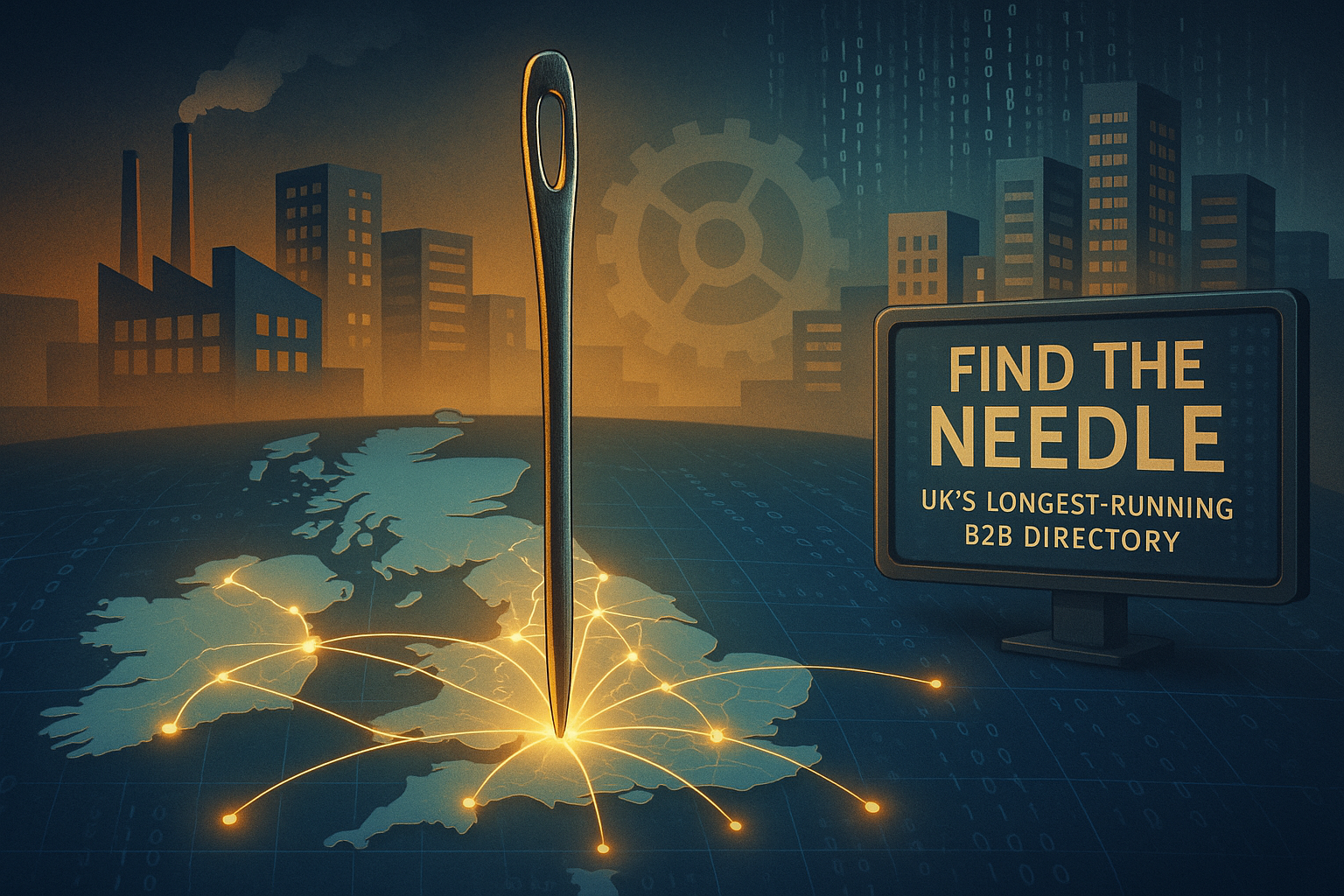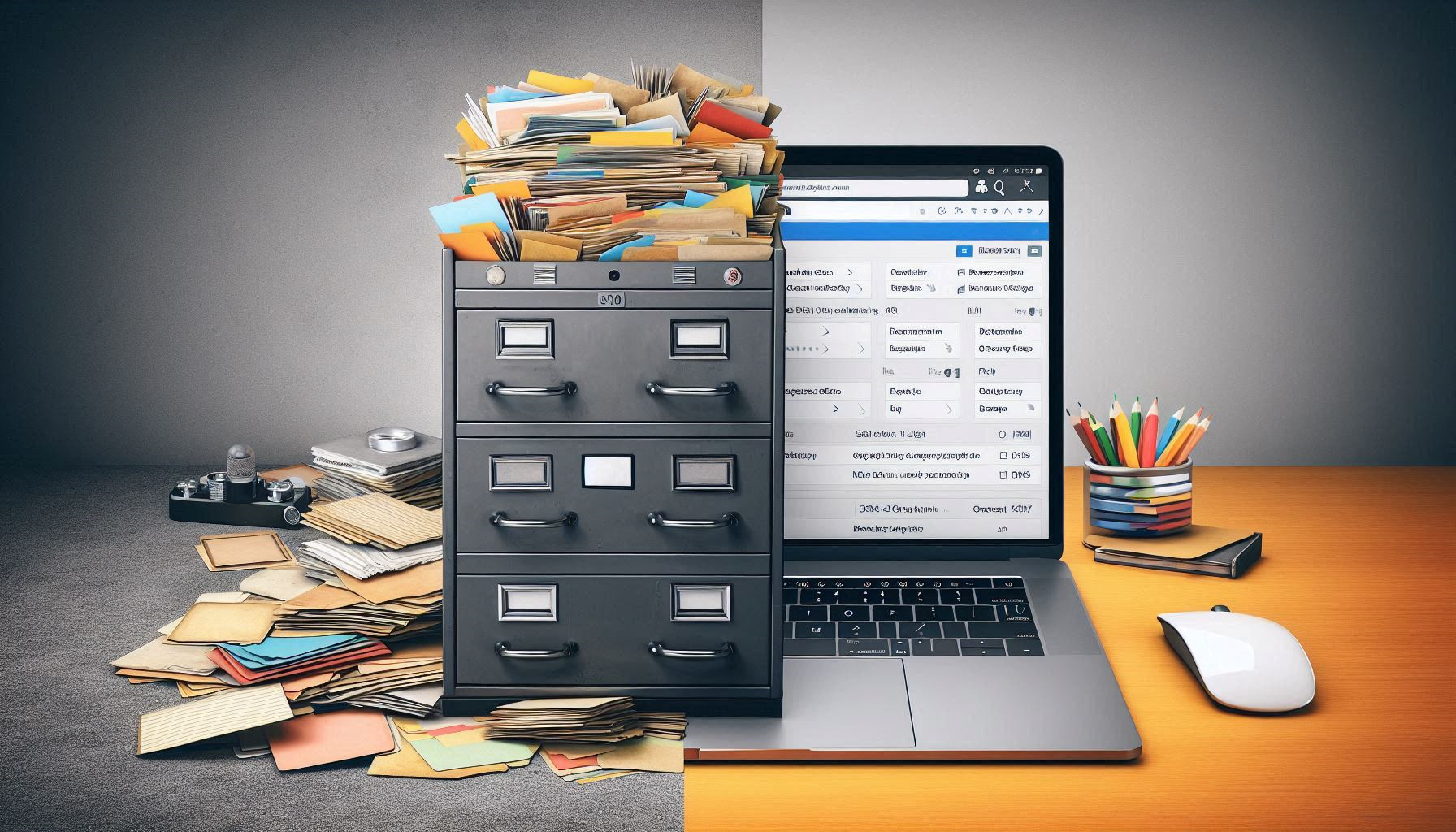Workplace Efficiency: Sometimes the Best Solutions Are the Simplest Ones
- 19 May 2025
- Articles
What business owner among us doesn't want to see day-to-day operations going as smoothly and efficiently as possible? Efficiency is part of the deal in successful business. Run a business efficiently and you maximise profits. The trick is figuring out the most applicable and appropriate efficiency solutions.
Here is a little secret about efficiency in the business world: sometimes the best solutions are the simplest ones. We tend to complicate things based on the misunderstanding that systems need to be more complicated in order to offer maximum benefit. But that is not necessarily true.
Sometimes the best efficiency solutions for a given problem involve complex systems. There are other times when highly complex equipment or technology is required to improve efficiency. But there are other times when simplicity rules the day. The simpler, the better.
Some Practical Examples
If you need help to understand how simple efficiency solutions are often the best option, consider your own company. Think about a range of efficiency tools that will help your business do better. Perhaps you've already implemented some fairly simple solutions that are paying huge dividends even now.
Can't think of any? Here are some practical examples:
1. Product Identification Tags
Imagine a small business with a warehouse where spare parts are stored. Every one of those parts is tracked by computer software and either barcodes or QR codes. What if you are in the warehouse and want to know about a specific part? You have to pull out your phone, scan the code, and wait for software to bring up the information. There is an easier and more efficient way: product identification tags.
More specifically, red tags are a more efficient solution for spare parts that don't have a dedicated purpose. A good red tag offers a number of different fields that can be filled in to provide all the information someone wandering through the warehouse might need.
A quick glance at a red tag tells the warehouse worker everything he needs to know. There is no mobile device or barcode to deal with. There is no scanning and hoping that the network is working properly that day.
2. The Simple Whiteboard
Modern communications are primarily digital. That's not always a bad thing. Email works a lot better than snail mail when time is of the essence. Everything from text messaging to internal digital bulletin boards have their purpose. But sometimes, the simple whiteboard is the best way to communicate with employees.
Need to call a team meeting? Write it on a whiteboard mounted to the wall where employees check in at the start of their shifts. Forget about sending emails and hoping employees read them. Forget about text messages that might be ignored by employees who get too many notifications.
The whiteboard is simple, incredibly easy to use, and quite effective in an era when digital messages are constantly bombarding us. The whiteboard demands attention just because it is not digital.
3. Maintenance Barriers for Cleaning
Every maintenance worker responsible for janitorial tasks knows how inefficient and challenging it is to clean some areas during normal work hours. Take the restroom. Trying to clean toilets and washing facilities with employees coming in and out is a losing proposition. What is the easiest and simplest solution? Putting up a maintenance barrier not only discourages entrance, but also points employees to an alternative location.
A maintenance barrier can be anything from a floor stand to a bar that goes across the doorway. No barrier will keep out a truly determined employee, but that's not the point. Employees just need to be encouraged to go use another washroom instead. The janitorial staff can get things cleaned up and back in service quickly when they aren't interrupted by employees coming and going.
No Need to Complicate Things
The point of this post is to say that we don't need to complicate things in the business environment. Far too often we do, only to realise that solutions we believed would make us more efficient actually make us less so. Keeping things simple is the better option when possible.
We implement processes to get things done. We install equipment to do work for us. Regardless of the process, system, or hardware we utilise, there is a simple rule that should never be forgotten: the more complex a solution is, the more opportunities for failure it offers.
With complexity you also get system breakdowns. Added complexity makes addressing breakdowns more difficult too. So in the end, an overly complex efficiency solution that requires excessive maintenance and repair ends up not being all that efficient.
Often, the most efficient solution to a given problem is the simplest option. Don't be afraid of simplicity. Do not be afraid to do things without complex technology and state-of-the-art hardware. If you can do things in a simple but effective way, seriously consider doing so.







